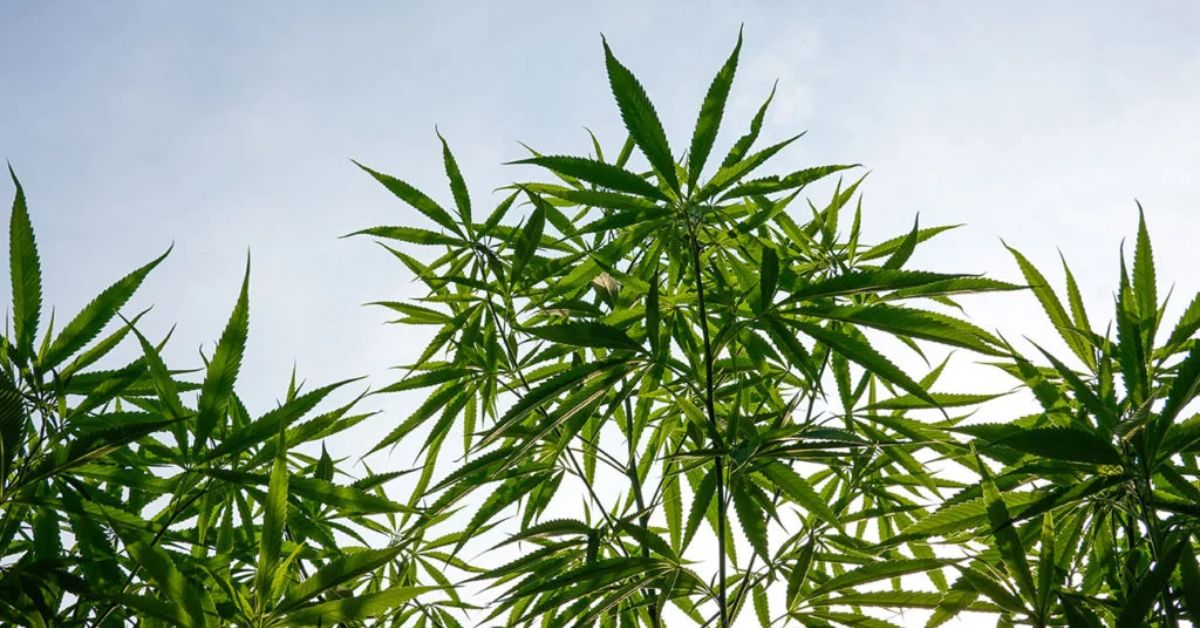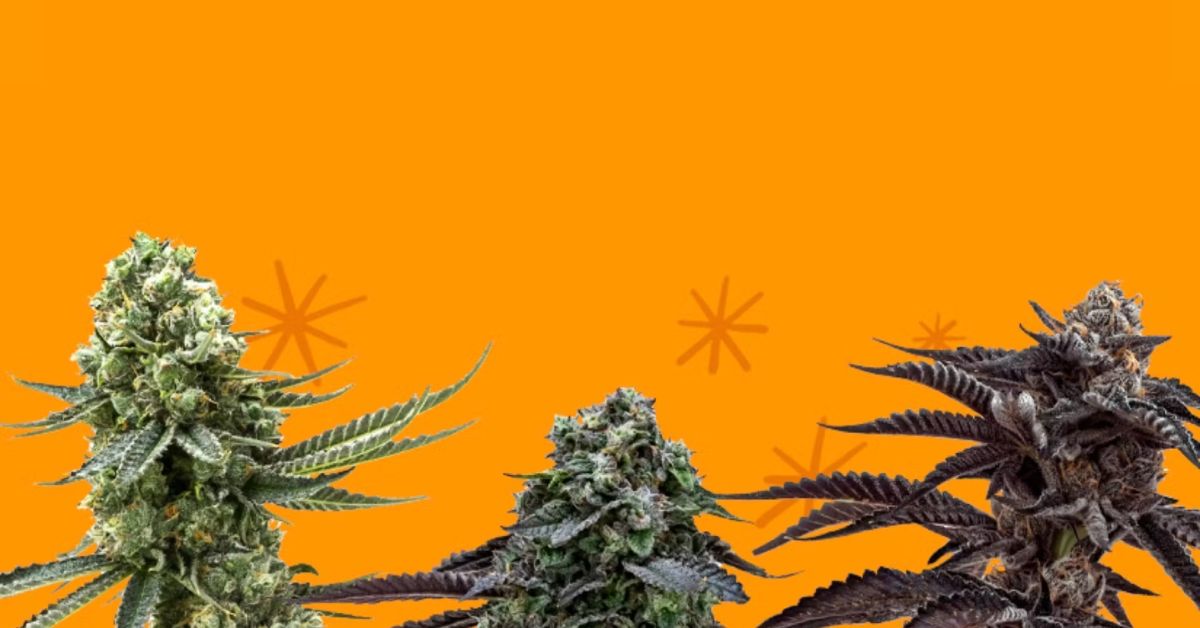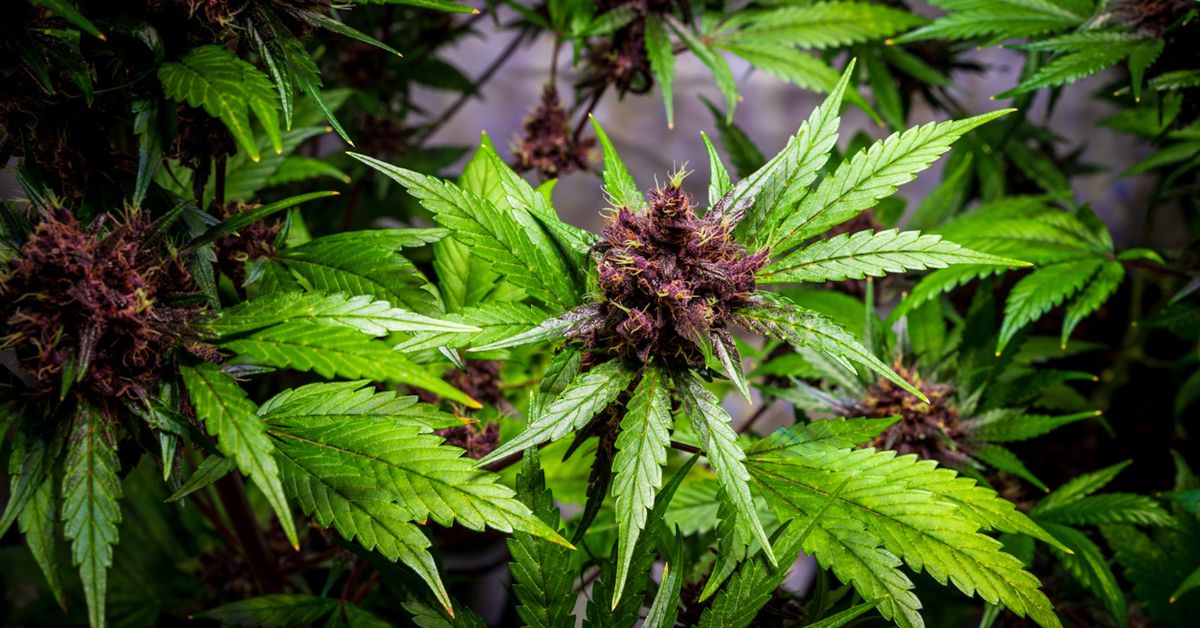Cannabis has been a cornerstone of human culture for millennia, valued for its fibres, seeds, and potent medicinal properties. The plant’s two primary subspecies, Cannabis indica and Cannabis sativa, have long been distinguished by their physical traits and effects. As modern science unravels the complexities of cannabis, the traditional indica-sativa dichotomy is being reevaluated, particularly in the context of medicinal oils. This article explores the origins of these strains, their chemical profiles, and how they shape the production and application of cannabis-derived medicinal oils.
What is stronger sativa or indicia
Neither Cannabis indica nor Cannabis sativa is inherently “stronger” as their effects depend on cannabinoid and terpene profiles, not just strain type. Strength is typically measured by THC content, which varies across both subspecies. Indica strains often have higher CBD and sedative terpenes like myrcene, producing a relaxing, “body high” suited for pain or insomnia. Sativa strains tend to have higher THC-to-CBD ratios and uplifting terpenes like limonene, CannaMed Vijaya Oil 1000mg 10ML creating an energizing, “mind high” beneficial for mood or focus.
For example, an indica like Granddaddy Purple might have 20% THC and feel “stronger” for sedation, while a sativa like Sour Diesel with 22% THC could feel more intense for mental stimulation. Hybrids blur the line further. Always check lab-tested THC/CBD percentages and terpene content, as these determine potency more than the indica-Sativa vs Indica label. Individual response varies, so start low and consult a professional for medical use.
Origins and Characteristics of Indica and Sativa

Cannabis Indica: The Mountain Heirloom
The untamed Hindu Kush mountains are where cannabis indica first appeared. spanning Afghanistan, Pakistan, and northern India. Adapted to harsh, dry climates, Indica plants are short, bushy, and densely branched, typically reaching 2–4 feet. Their broad, dark green leaves and compact buds reflect an evolutionary strategy to conserve energy in cold, turbulent environments. Indica strains are historically associated with hashish production, particularly in Afghanistan, and are known for their high cannabinoid content, including tetrahydrocannabinol (THC) and cannabidiol (CBD).
Traditionally, India is linked to a “body high,” characterized by deep relaxation, sedation, and pain relief. Users often describe a heavy, “couch-lock” sensation, making it a go-to for nighttime use. Typical medicinal applications include alleviating chronic pain, insomnia, muscle spasms, and nausea, with strains like Northern Lights and Kush being iconic examples.
Cannabis Sativa: The Equatorial Energizer
In contrast, Cannabis sativa thrives in warmer, humid regions like Southeast Asia, Central and South America, and parts of Africa. These tall, slender plants, often exceeding 6 feet, have narrow, light green leaves and loose, airy buds suited for tropical climates. Sativa’s longer flowering cycles and higher THC-to-CBD ratios contribute to its reputation for a cerebral, uplifting “mind high.” Users report enhanced creativity, focus, and energy, making it popular for daytime use.
Medicinally, sativa strains are often recommended for mood disorders like depression, anxiety, and chronic fatigue. Strains such as Sour Diesel and Amnesia are celebrated for their stimulating effects, though high THC content can sometimes trigger anxiety in sensitive users.
The Hybrid Reality
Due to extensive crossbreeding, pure Indica and sativa landraces—original, genetically distinct strains—are rare today. Most modern cannabis is hybrid, blending traits of both subspecies to target specific effects or growing conditions. Hybrids can lean indica- or sativa-dominant or strike a balance, offering tailored therapeutic profiles. For example, a sativa-dominant hybrid like OG Kush may provide mental clarity with mild relaxation, while an indica-leaning hybrid like Purple Punch emphasizes sedation.
The Science Behind the Effects: Beyond Indica and Sativa

The indica-sativa distinction, while useful, oversimplifies cannabis’s complexity. The plant contains over 100 cannabinoids and 200 terpenes, which interact in what’s known as the “entourage effect” to produce varied effects. THC drives psychoactivity, while CBD modulates it, offering anti-inflammatory, anxiolytic, and anticonvulsant benefits without a high. Terpenes, aromatic compounds like myrcene (sedative, earthy) and limonene (uplifting, citrusy), further shape the experience.
Dr Ethan Russo, a leading cannabis researcher, argues that the indica-sativa divide is “nonsense” in terms of predicting effects, as biochemical profiles vary widely even within strains. For instance, Legally Import Cannabis Oils myrcene-heavy strains, often labelled indica, induce sedation, while limonene-rich “sativa” strains uplift mood. CBD, contrary to popular belief, can be stimulating in low doses, not inherently calming.
This complexity has led experts to advocate for chemovar-based classification, focusing on cannabinoid and terpene profiles rather than strain names. A 2022 study found that strains labelled indica or Sativa effects often share closer genetic ties with each other than with others of the same label, underscoring the inconsistency of traditional categorizations.
Medicinal Cannabis Oils: From Plant to Potency
Cannabis oils, extracted from the plant’s flowers and leaves, concentrate cannabinoids and terpenes for therapeutic use. The process typically involves CO2 or ethanol extraction, yielding full-spectrum oils (retaining all compounds), broad-spectrum oils (THC removed), or isolates (pure CBD or THC). Hemp Seed Oil Oils are favoured for their precise dosing, ease of use, and versatility, administered sublingually, in capsules, or as edibles.
Indica-Derived Oils
Indica-based oils often feature higher CBD and sedative terpenes like myrcene, making them ideal for relaxation. They’re commonly used for:
- Chronic Pain: High CBD and THC synergize to reduce inflammation and nerve pain, as seen in conditions like arthritis or fibromyalgia.
- Insomnia: Sedative effects promote deep sleep, with strains like Granddaddy Purple being popular choices.
- Anxiety and Muscle Spasms: The calming profile helps ease tension and spasticity, How does Gokshura help in Body Building which is beneficial for multiple sclerosis or PTSD.
Sativa-Derived Oils
Sativa oils, with higher THC and energizing terpenes like limonene or pinene, are suited for daytime use. They’re often applied to:
- Depression and Anxiety: Uplifting effects can improve mood and reduce social anxiety, though high THC may exacerbate paranoia in some.
- Chronic Fatigue: Stimulating properties enhance focus and energy, aiding conditions like chronic fatigue syndrome.
- Nausea and Appetite Loss: THC’s antiemetic properties help cancer patients manage chemotherapy side effects.
Hybrid Oils
Hybrid oils offer balanced or tailored profiles, combining the benefits of both strains. For example, Indica vs sativa vs hybrid a balanced hybrid oil might address pain without heavy sedation, which is ideal for daytime chronic pain management. Breeders increasingly craft hybrids to optimize specific cannabinoid-terpene ratios, Top 10 Benefits of Cannabis-Infused Medicines for the Wellness such as high-CBD and low-THC oils for epilepsy.
Challenges and Considerations

Legal and Regulatory Hurdles
Cannabis legality varies globally. In the UK, CBD oils from Cannabis sativa (hemp) with less than 0.2% THC are acceptable, however oils derived from indicia are frequently subject to more stringent laws because of their greater THC level. State regulations regarding THC-rich goods vary, however the 2018 Farm Bill authorized CBD generated from hemp (less than 0.3% THC). Indica effects Before consuming or buying cannabis oils, always be sure to verify local restrictions.Patanjali CBD oil price
Individual Variability
Effects vary based on physiology, Hemp Spray tolerance, and context. A strain’s impact can differ between users or even for the same user at different times. Microdosing may reduce anxiety, while high THC doses could amplify it, highlighting cannabis’s biphasic nature.
Mislabeling and Quality Control
The cannabis industry’s historic lack of regulation has led to inconsistent strain labelling. A 2025 National Geographic report noted that strain names like “AK 47” have won both indica and sativa awards, 6 Most Effective Ayurvedic Treatments reflecting arbitrary naming practices. Consumers should seek products with lab-tested certificates of analysis detailing cannabinoid and terpene content.
The Future of Medicinal Cannabis Oils
As research advances, the focus shifts from indica-sativa labels to precise chemical profiles. Innovations in genetic profiling and selective breeding are producing oils with optimized therapeutic effects, such as CBD-dominant oils for epilepsy or THCV-rich oils for appetite suppression.
Practitioners like Curaleaf Clinic emphasize individualized treatment plans in clinical settings. They consider cannabinoid ratios, terpene profiles, and patient needs over strain type. indica sativa original strains medicinal oils india This science-driven approach promises more effective, predictable outcomes.
Conclusion
The indica-sativa divide, rooted in 18th-century botany, offers a starting point for understanding cannabis but falls short of capturing its full medicinal potential. Medicinal cannabis oils, whether derived from indica, sativa, or hybrids, harness the plant’s complex chemistry to address diverse conditions. By prioritizing chemical composition over traditional labels, patients and clinicians can better navigate the evolving landscape of cannabis therapy. For those exploring cannabis oils, original sativa consulting a healthcare professional and choosing lab-tested products is crucial for safety and effectiveness.

